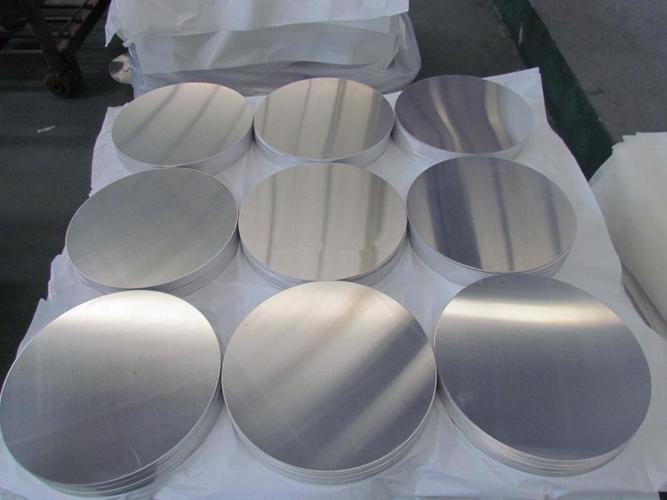Aluminium circles—widely used in cookware, signage, and automotive parts—rely on gauge (thickness) to determine performance, durability, and suitability for specific projects. Choosing the wrong gauge can lead to product failure (e.g., warped cookware) or wasted costs (e.g., over-thick material for lightweight signs). Below is a step-by-step guide to selecting the right aluminium circle gauge, tailored to key project needs.
1. First: Understand Aluminium Circle Gauge Basics
Gauge measures aluminium circle thickness, but note this key detail: lower gauge numbers mean thicker material. For example:
- 8–12 gauge: Thick (2.7–4.8mm) – ideal for heavy-duty use.
- 14–18 gauge: Medium (1.6–2.1mm) – balanced for most common applications.
- 20–26 gauge: Thin (0.45–1.3mm) – suited for lightweight, flexible needs.
Most aluminium circles use 1000-series (pure aluminium, soft) or 3000-series (alloyed with manganese, stronger) materials—gauge selection must align with both material type and project demands.
2. Match Gauge to Project Application
The biggest factor in gauge choice is how the aluminium circle will be used. Different applications require specific thicknesses to avoid issues like bending, cracking, or poor functionality:
Heavy-Duty Applications (8–12 Gauge)
Thick aluminium circles (2.7–4.8mm) excel at withstanding pressure, heat, or weight:
- Cookware (e.g., pots, pans): 8–10 gauge resists warping from high heat and provides even heat distribution. Thinner gauges would deform during cooking.
- Automotive parts (e.g., wheel covers): 10–12 gauge handles road vibrations and impacts without cracking.
Medium-Duty Applications (14–18 Gauge)
Medium thickness (1.6–2.1mm) balances durability and workability, fitting most everyday uses:
- Household items (e.g., bowl lids, decorative trays): 14–16 gauge is rigid enough to hold shape but easy to cut or stamp into designs.
- Signage (e.g., outdoor metal signs): 16–18 gauge withstands wind and rain without bending, while remaining lightweight for installation.
Light-Duty Applications (20–26 Gauge)
Thin aluminium circles (0.45–1.3mm) are flexible and cost-effective for non-structural uses:
- Crafts (e.g., jewelry, small decor): 22–24 gauge bends easily for shaping, yet holds fine details.
- Packaging (e.g., small canisters): 24–26 gauge is thin enough to form into containers but strong enough to protect contents.
3. Consider Key Technical Factors
Beyond application, two technical aspects will refine your gauge choice:
Formability Needs
If your project requires bending, stamping, or deep drawing (e.g., forming a cookware base), opt for a thinner gauge (16–24 gauge). Thicker gauges (8–12 gauge) are less malleable and may crack during shaping. For example, a decorative tray with curved edges works best with 18-gauge aluminium—thicker 12-gauge would be hard to bend evenly.
Weight & Cost Constraints
Thicker gauges weigh more and cost more (due to more raw material). If weight matters (e.g., hanging signs, lightweight crafts), choose a thinner gauge (20–26 gauge) to cut both weight and expenses. For example, a small craft jewelry piece doesn’t need 14-gauge material—22-gauge is lighter and cheaper while meeting functionality.
4. Verify with Material Specifications
Before finalizing, check the aluminium circle’s material grade (e.g., 1050, 3003) and manufacturer specs:
- Pure aluminium (1000-series) is softer—even thick gauges (10-gauge) may dent easier than alloyed 3000-series in 12-gauge.
- Manufacturers often provide "gauge-to-thickness" conversion charts (e.g., 16-gauge = 1.6mm) to avoid confusion. Confirm the actual thickness matches your project’s requirements.
Final Thoughts
Selecting the right aluminium circle gauge boils down to three steps: align with your application (heavy/medium/light-duty), check formability and cost needs, and verify material specs. By focusing on these factors, you’ll avoid mismatches and ensure your aluminium circles perform as intended—whether for cookware, signs, or crafts.

